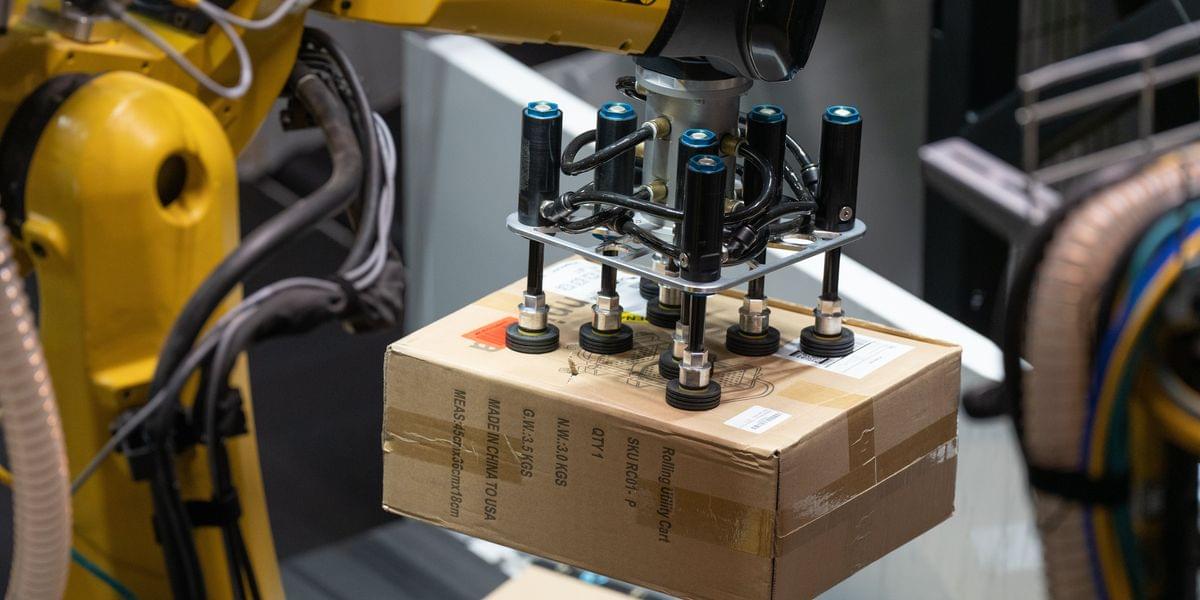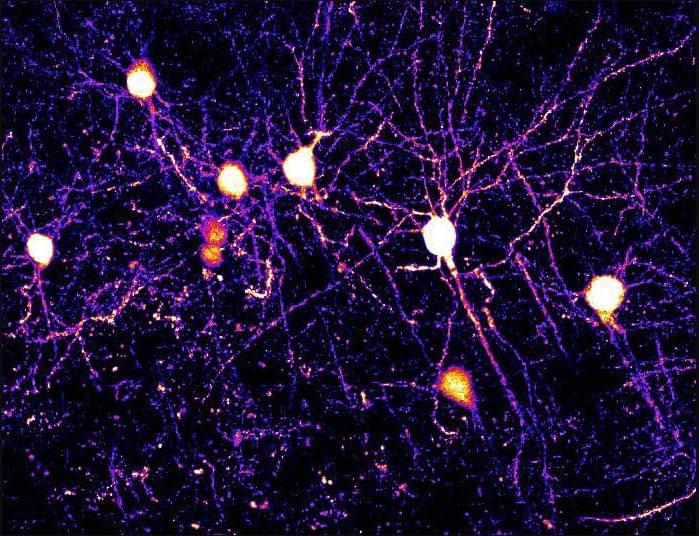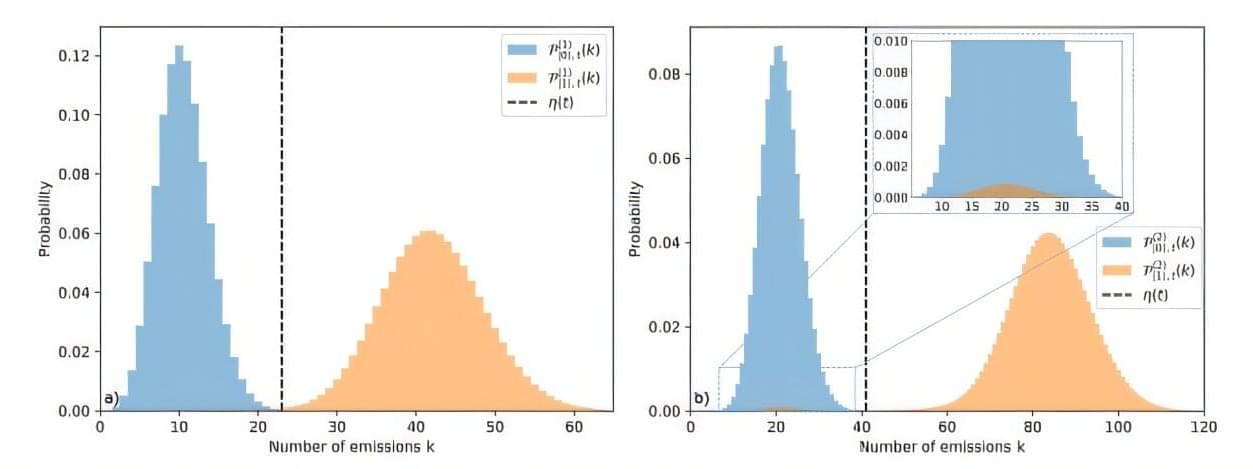How Amazon is revolutionizing warehouse automation with cutting-edge robotics and AI, driving efficiency and innovation.




Gödel’s incompleteness theorem is used by both advocates and adversaries of strong AI to show that computers can(not) perform the same feats as humans. This article extends the construction through which Gödel proved his theorem, in order to allow a broader interpretation, showing that neither side has exploited its arguments to the fullest extend, and that the evidence can never be conclusive.
Dr.ir. C.J.B. Jongeneel & prof.dr. H. Koppelaar, Delft University of Technology, Faculty of Technical Mathematics and Informatics, Section of Knowledge Based Systems.
1 Introduction


Mitochondrial diseases caused by POLG mutations vary in severity. In young children, these diseases can quickly result in brain damage and life-threatening liver problems while others suffer muscle weakness, epilepsy, and organ failure later in childhood. POLG mutations recently received media attention when Prince Frederik of Nassau in Luxembourg died in March 2025 at just 22 years of age.



Researchers have developed a new way to speed up quantum measurements, a vital building block for the next generation of quantum technologies.
Accurate and fast quantum measurements will be crucial for quantum technologies, but quantum systems are fragile and susceptible to disturbance which can cause errors. Previous work in this area presented a fundamental challenge—scientists were only able to increase the accuracy of measurements in quantum systems by sacrificing speed.
A team of quantum experts, led by the University of Bristol, have struck upon a novel way to overcome this problem, published in a Physical Review Letters journal paper.

IN A NUTSHELL 🔧 The United States has delivered a colossal superconducting magnet to France’s ITER project, advancing nuclear fusion technology. 🤝 Collaboration among eight American companies was essential to construct the solenoid’s support structure for the reactor. 🔄 Four out of six solenoid modules have been installed, with completion expected by the year’s end.

Scientists discovered a new Hall effect driven by spin currents in noncollinear antiferromagnets, offering a path to more efficient and resilient spintronic devices.
A research team led by Colorado State University graduate student Luke Wernert and Associate Professor Hua Chen has identified a previously unknown type of Hall effect that could lead to more energy-efficient electronic devices.
Their study, published in Physical Review Letters.